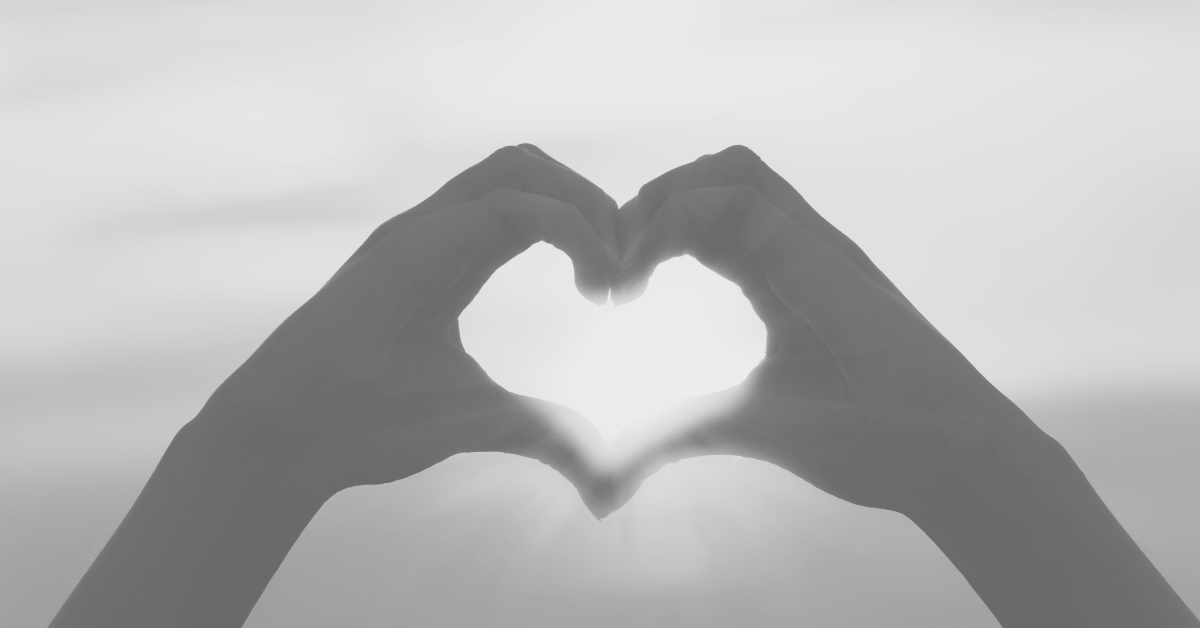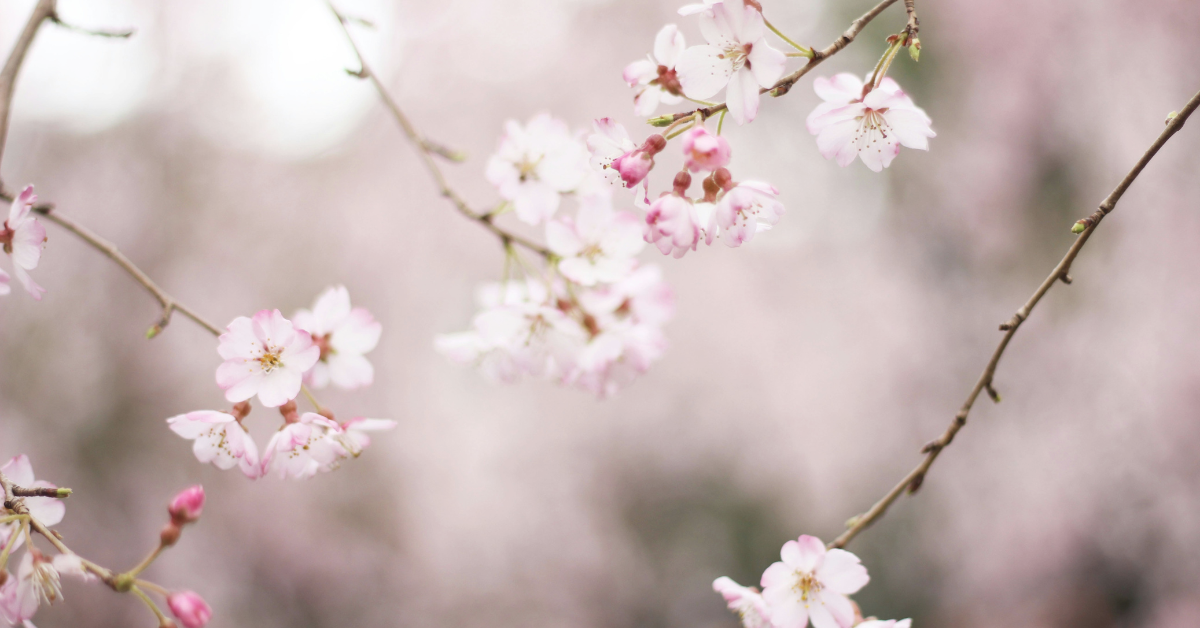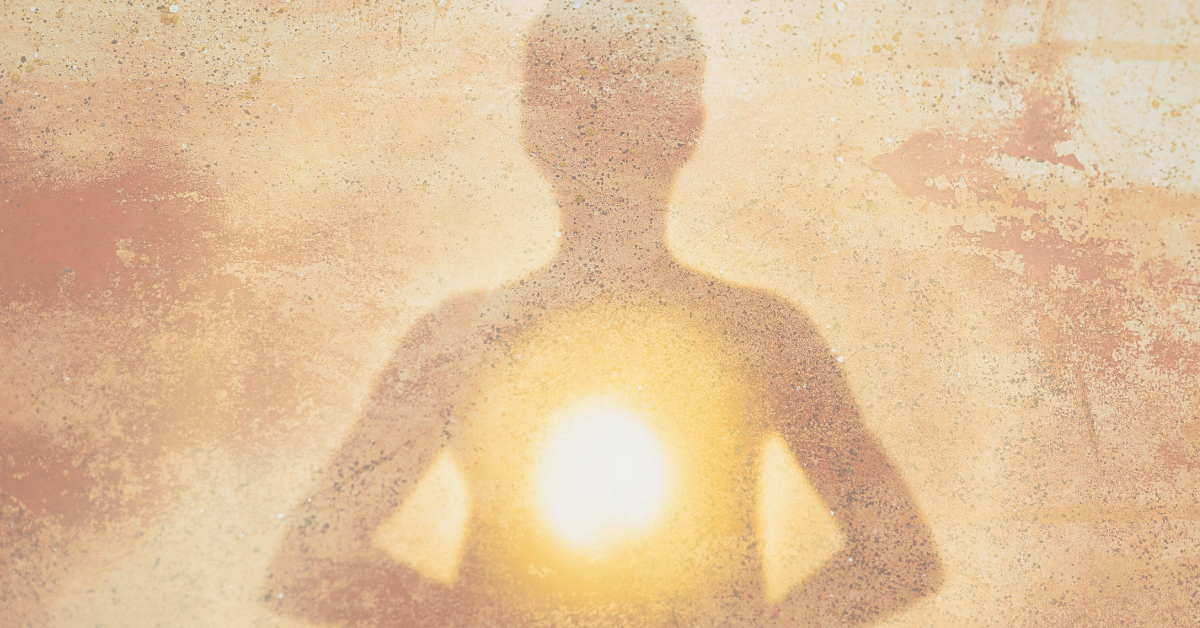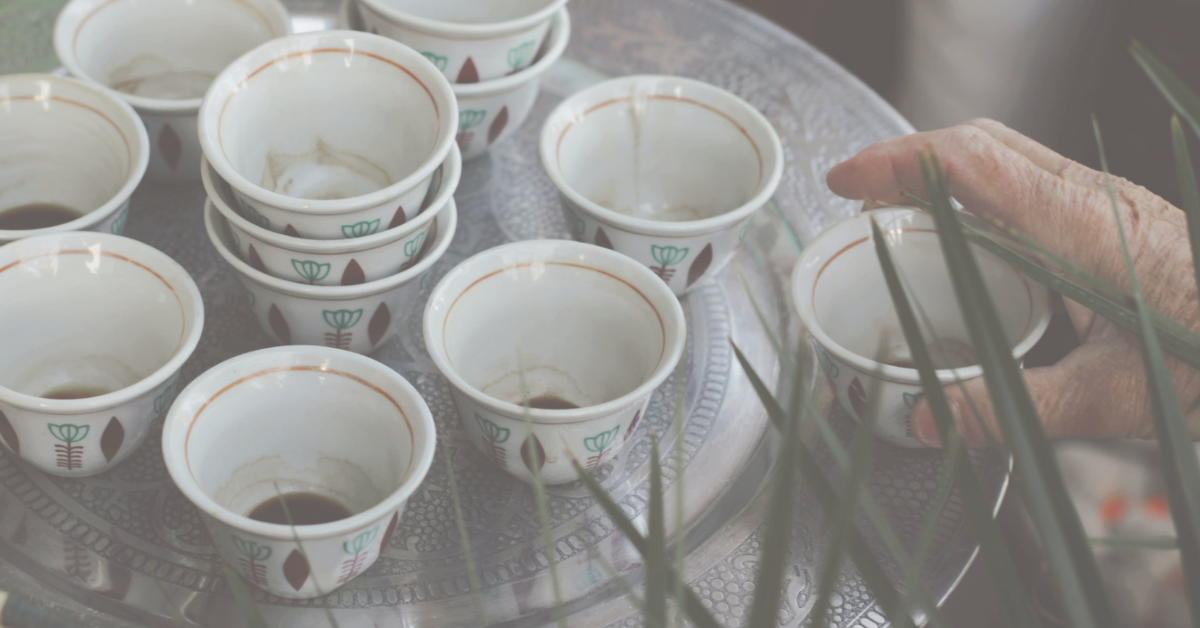A White Man’s Response to BLM
“Northern men, Northern mothers, Northern Christians, have something more to do than denounce their brethren at the South: they have to look at the evil among themselves.” – Harriet Beecher Stowe, Uncle Tom’s Cabin.
A council estate, 1950’s, northern working-class Manchester. It was a time when everyone knew their place, knew their elders and betters, and seemed content with the worldly order of things. Life was hard, but so it was for everyone else. Also, that stuff lurking largely in the background, in the unconscious – resentment, guilt, shame, anger, fear – was muffled by the neighbourliness, the bonhomie, the general “we are all in this together”. Sometimes the mufflers didn’t work, and it all got projected outwards – scraps between lads, shouty arguments between neighbours, “not speakin’ to ‘er”, “wait till t’pub shuts t’night, I’ll sort ‘im.”
When you feel small, there’s not much to make you feel bigger unless you can find someone else you can make smaller. There never seemed to be much recognition of the class driven roots of our predicament. Mostly it all just turned in on itself; community eating community with slow digestion and the crap only occasionally made visible when the boozer emptied or one gang of lads strayed over the invisible borders between gable end and crossroads, or the heavy-bellied girls destined at 15 to be pushing prams to the corner shop instead of pens in school.
I remember no racism because there was nobody to be racist about, at least not in person. We were all white for miles and miles around. At least the miles we knew, in a place where nobody travelled then much anyway. It was there all right, the othering of others, but in early childhood, it was way beyond my radar.
Then it got a bit strange, I can’t quite pinpoint the date, but I was maybe 7 or 8 so that would make it around ’56, and I went to play with Peter and Hazel who lived across the street and must have been better off as their house though terraced was their own, and they had a bay window. I recall no introductions just the boy, who stood between them, and his deep brown face.
And a girl with pigtails in jet-black hair, hiding behind, holding back. He had his fingers up his nose. I’d have been told off if I’d had my fingers up there.
But his colour, I was fascinated, awed by it…I had never seen such a thing, not in another living human being. Hitherto just the golliwog or a schoolbook Little Black Sambo. Then we just got on with it and played like kids do. I remember noticing difference, yet still we just messed about, in the street, the house, the backyard. Eventually we played spin-the-bottle like kids do when some inkling of sexual difference is arising. But really, this time, we, the white ones, wanted to see if he, the brown boy, was the same colour all over. I remember his name now; unusual it sounds now as it did then. Streddik. I have no idea if I’ve got the spelling right. His sister’s name eludes me. Their surname is gone too, though as I write there’s a sound that keeps humming “Johnson” – maybe it was that simple. They, with mum and dad, were from Jamaica, here to find home and work. Later, much later, I surmised that this must be some kind of liberal household to offer hospitality, until they found their feet. I think they stayed a few months, enough anyway for Streddik to join my class at school – Wesley Methodist Junior School; all kids with snotty noses and flat vowels. There were no two ways with Streddik, either you wanted to be his friend because he was different, interesting and exotic, or you wanted him squashed for the same reasons. He spent the days in the playground either with a friendly arm around his shoulder or someone’s fist in his face.
Then he was gone as swiftly and unremarked as he arrived. I’d found out he was brown all over by the way, just as he found out we were white all over. It was just curiosity, difference noticed without judgement, neither better nor worse than the other. Just different. And the difference ignored once explored and past interest.
Yet I noticed something else at that time. Half-heard words from those greatly taller than me who seemed to move in another world so high up. Expressions, gestures between mum and dad and neighbours that I had not seen before. Looks, like I got if I was in trouble, passing between them when Streddik or his family was around. And some words, words I’d never heard before. Words so bad they were hushed, or I was sent off.
Not long after Streddik went away, I must have been heading for 9 by then, at school we were given little books of photographs of orphan children. We were to take them home and ask family and neighbours to buy a picture for a few pence, the money to go to Dr. Barnardo’s. Even now there’s a little bit of rage there, kids like me going around to people who had nothing asking for something for those who also had nothing. I noticed nobody wanted to buy the pictures of the black babies, except my mum who bought all of those. Not, I think, because she liked them, but because she didn’t want me to have to return to school not having sold them all. And it was about then that I heard the words “black ones” too.
Then we got our first TV, and with my limited screen time I saw little of faces other than white. With two exceptions. There was the Black and White Minstrel Show, which even in 1958 I recall finding a ludicrous, boring musical pantomime, or maybe a film like Sanders of the River or The Jungle Book in which the whites as usual were noble empire builders and the “darkies” held to lesser roles. Yet they stick in my mind because no matter how the films distorted reality, the majesty and dignity of Paul Robeson and Sabu were not lost and held with me to this day. However, whatever inner promptings I had then about people being beyond colour, the culture in which I was growing up was relentlessly racist.
At junior school, the black ones were in books like Little Black Sambo, and we were told where they lived in those places on that great map on the wall behind Miss Cowburn’s desk, where great splodges of the world were coloured red, and all owned by “us”. The black ones were behind the labels on Robinson’s Golden Shred marmalade, little gollywog (even typing that word now seems offensive) figures I collected to send off and get a badge, a badge to pin on the stuffed gollywog in my bedroom.
Leap forward to grammar school, where I was put in Clive House because, in faux public-school style, we boys were allocated “houses” to encourage team spirit and identity…all names of English men who helped make all those red places on the map – Drake, Hudson, Raleigh, Clive. Eighteenth-century Clive attended the same school as me; a plaque, proudly displayed, affirmed the honour we had in following him, he was the spirited adventurer who set out to make his fortune in India and add to the foundations of empire – a role model for us all. Nobody told us those fortunes and foundations were built on the ripped-off wealth of India and the bodies of dead Indians. The school and the plaque are all gone now, under a bijou housing estate. If it were not so, would there be a demo’ today breaking into that sacred school hall to rip that testament down and cast it into the Irwell?
Before and after Streddik I never met anyone of colour for a long time. “They” must have been there, because I worked in Manchester after I finished school, yet if so they were invisible to me…except heard, in the music of Tamla Motown, or Stax, or on TV when we, the lads, would laugh at the “stupid’ dance moves of the Temptations while we waited for the Beatles or the Stones to appear. The “N” word was not the vulgar epithet of choice. No, we preferred “wog” (dare I write that?). It seemed to fit better with the wet smoky clime in which we lived, and anyway it was nicely non-specific lazy racism because it included anyone who was different and could as easily be launched at a Jamaican as a Japanese, a Spaniard as a South African. And here we were mouthing off about wogs, we are ignorant that the music we so embraced was rooted in the very people and culture we mocked. Ignorant too of this racism’s deeper roots. It wasn’t just the personal projection outwards of our individual inner insecurities, it was collective too, something that had gone on in a nation of empire that needed to justify (the guilt?) itself of both the subjugation and exploitation of others, and not take a look at the underlying neurotic inferiority that comes with the fall of empire. (The latter is still playing itself out – pace Brexit). Empire caused suffering, but it was only the agent of it, it is what lies behind the empire, the consciousness of fear that is the prime cause. That’s the odd thing about Empire, outwardly powerful, but essentially brittle once the driving force that binds it is exposed, as Ghandi saw, and used.
Then a time in London and living near Notting Hill and, before I got on the train to the big city, my dad reminded me to “stick to your own”. Anyway, I soon left London, or it left me as the last gasp of the 60’s meant there were better things to do than a city job. Travelling abroad in the summer of ‘70, the only black man I met was in the same hostel – for the two brief days he was there before the owner and three of the hard cases with red-faced fury turned him out yelling “black snake” as he fled down the High Street of Gibraltar. I felt sorry for him and for a moment thought to follow and help but surrendered to the pressure to head for the pub and celebrate the “win”, and anyway I had growing reasons to conform and not be noticed. Keeping my head down, being one of the lads, was a way of ensuring that my own sense of being different would not reveal itself. If someone else was getting it in the neck, my neck was safe.
So, I continued to join in with my low-level despising, along with everyone else I met at home and work, it was much the same. Making the “other” loathed stopped the hidden interior self-loathing. Now there are all sorts of clever psychological words for it. Then it was just the way my tribe and your tribe should remain irrevocably apart, and oh the value of that – of having the defence, someone else to blame when things went wrong. Something or someone else to point the finger at so that anyone, anything was preferable to letting that finger point terrifyingly at ourselves. In short, it becomes just so much easier to focus attention on the “flaw” of the black skin of the “other” than face the shadows in our own hearts, in my own heart.
When I came back to the UK the pressure was on to get a job. I ended up in nursing school. There were fierce lessons to be learned and the least of them was how to care for patients. The hospital culture was unlike anything I had ever known, that’d be worthy of a book someday. But when it came to colour differences, it was as if the Universe had decided to teach me a few lessons of her own.
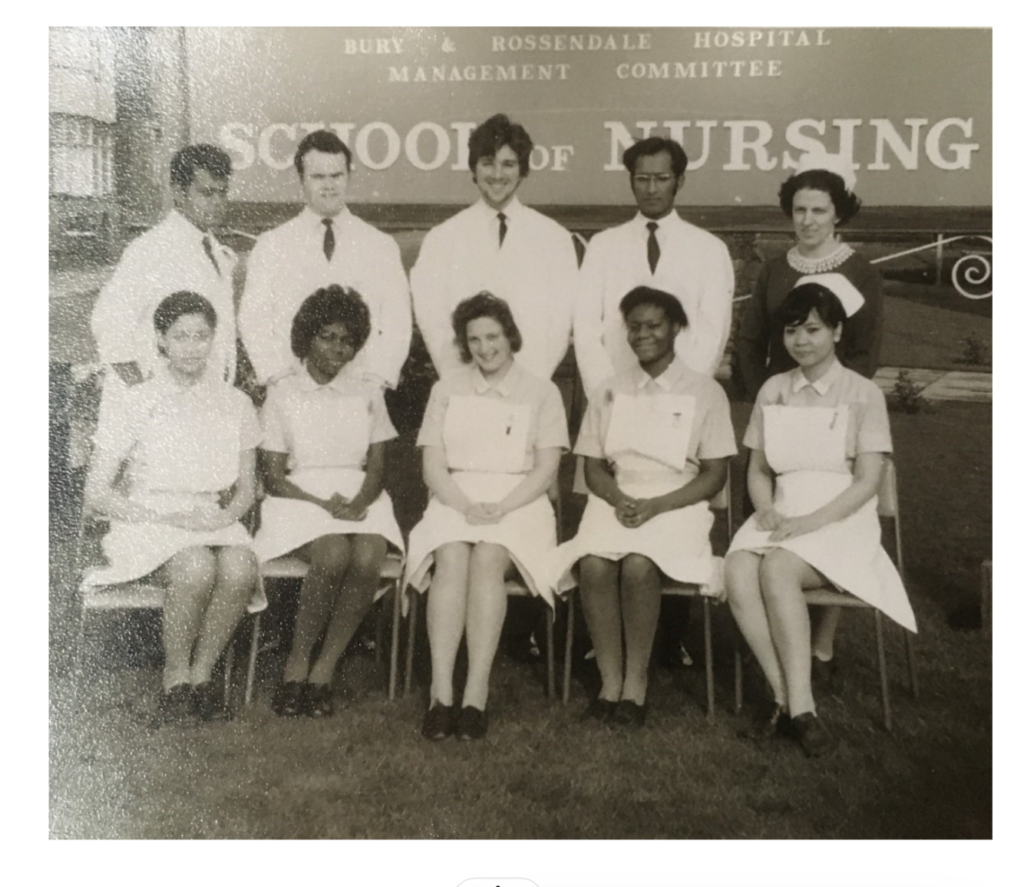
Here we are, in that first month in school, February 1971; myself in the middle at the back with Christine before me, and Neville to my right. The three white Englanders; Mrs Walker our teacher stands smiling on the right of the picture at the back, Mohammed next to her and Laxmi from Mauritius top left… (oh how the whole hospital had to give them English names ‘Colin’ and ‘George’ because their own were seen as too difficult to pronounce). Then there was Annie from Hong Kong, sitting on the extreme right, then Brenda from Sierra Leone, Jacquie from Jamaica extreme left and Alberta from Ghana next to her. The Empire had struck back and sent all her children to the motherland. Now will you wake up?
Dare to admit this. I do not think it is possible to be white English, white working-class English, at least of my generation and not be racist (I see in my children and grandchildren a freedom from it). Or rather, and more accurately, to have racism as part of our psyche. I don’t think any human being can be defined as a this or a that according to our roles and identities and characteristics. I think it is possible to touch a layer of consciousness, the soul if you like, in which I Am is free of any labels. But that is a story I have documented elsewhere in Coming Home and Heartfullness, and part of my life’s work nowadays. The discovery of and attachment to identity can be liberating for a while, perhaps until death for many. But there is a deeper possibility of liberation, of non-attachment to any identity and freedom to dance with them. Masks worn at different balls, to be set aside when not needed or judged irredeemably unhealthy – like racist.
The flurry of politicians and others who say this is not a racist country are lying – to themselves and everyone else. Of course, it is. It’s just that we’re very clever at keeping it subtle, under wraps, and difficult to pin down. Those who say it’s non-racist need to sit still, shut up and listen – to the voices of the people of colour, of anyone who has been made to feel “othered” in countless mostly pin-pricky and not just big–slappy ways. The rest of us should keep quiet and we might learn ‘summat’. And if we speak at all it might be to fess up to our own shadows however right-on we think we are, and if we then speak further, it should only be to say we are sorry.
So, for starters let me be personal for a moment; I’m sorry Chris, the black male student nurse I shared a house with. We met when you became a cadet nurse and then you got into training too. I was an arse when we were students. I came out with all the usual stupid shallow things about how black people never produced a Beethoven or a da Vinci. But then you showed me the Benin bronze and sat me down and made me listen to What’s going on and reminded me that the first to come into human consciousness were black. And I’m glad you were a crappy dancer because that eased another stereotype out the window too. I can still feel the barb of shame for the times I did not stand up and counter racist views or actions when I came to them. You never let it mar our friendship and just staying a friend (50 years on) showed forgiveness. In being a friend, you taught me more than you will ever know; there was no substitute for that encounter in changing the me-who-I-thought-I-was.
In nursing school, I took my first lessons in freedom, and it was through the primary way that any hostile ‘ism’ is sabotaged. Encounter. Encounter firstly with other people of different races and cultures may lead us to see that “they” live and breathe and have their being just like “us”. That there is no “they” or “us” at all. Encounter secondly with us and all those shadow thoughts and feelings; grubbing away at their roots until exposed to the light of day, the light of awareness. Thus, flushed out, they lose their power. I do not think they ever go away; they are part of our story, hard-wired into our memory banks and knee-jerk, almost autonomic, responses. But with the illumination and the healing that comes with self-love and self-regard a kind of forgiveness sets in. We come to accept all those hateful stories, and, in that acceptance, they are rendered empty, bereft of any further power to captivate or be activated. Love dressed as forgiveness really does conquer all, and it starts at Home.
I honour the efforts at many levels to cleanse our culture of racism, but most of them are just moving the chest pieces around into different ways of organising things or legislating for things. The fundamentals of human nature have remained unchanged down the millennia. Each generation has to start again. The deep well of intolerance is still present, just capped over by structural methods. What has to happen, as is the case of some individuals and groups at work to change who we are, is a deep recognition that what is wrong with the world is wrong with our communities and what is wrong with our communities is wrong with ourselves. That’s where we really have to go, a deep exploration of the very soul of what it is to be human, and white, and heal that brokenness in each of us.
Of course, lots of people don’t want to know, or keep their heads in the sand…there isn’t really a problem anyway. We don’t know because we chose not to inquire. At the end of the film Downfall, Hitler’s secretary, Traudl Junge, is interviewed about life in Germany at the time, and her ignorance, and that of many Germans, of what prejudice was being acted out in the form of annihilation of the “others” in their name. She said, “We didn’t know about it – but we could have asked.”
Maybe more of us palefaces can ask what it’s really like to be black in a white world. Maybe, too, looking at that brokenness in whiteness is one of the ways, in these times of worldwide protest, gathered around the death-dealing kneeling on George Floyd, that those of us who carry these old wounds and prejudices can speak authentically, confess of them. We can give up trying to bury this evil behind chronic niceness to people of colour, or express certain PC views aloud because we know we “should”. In the encounter with ourselves is the possibility of transformation, no, transmutation, turning lead into gold. Black people only have racist problems because white people have racist problems.
So much of the heavy lifting to raise awareness of the effects of racism has been done by black people themselves. White people can do more. More than dwelling on the shame and guilt from the behaviour and consciousness of our ancestors and ourselves in the past, or the present prejudice that lurks in our being. We can dis-empower the lies that come from the stories of our upbringing and the distortions of the world today. In seeing them, we can choose how to respond to them – healthily or unhealthily. We can’t extirpate hatred and fear from our stories, but we can be honest about their presence; what we thus see can be renounced.
Let us remember in the BLM movement that for black people (almost typed in “persons of colour” there – we are all persons of colour) the problem really isn’t yours (although you experience the fierce consequences of it), it’s ours, the white folks who never really got free of our own enslavement. The chains that bound us to fear and otherness, hidden deep and sometimes not so deep in the psyche, crying out to be made free, whole and integrated. Just like the wider world we live in really.
The statue of Colston, a slave trader, was brought down in Bristol. A jury decided in 2022 that the perpetrators were not criminals for doing so. There are other monuments to be demolished, invisible, in our own hearts. Harder to expunge than anything cast in bronze, racism is sculpted by fear in each of us. Like Colston’s memorial figure, it took individual and collective action to recognise its presence and its power – and be rid of it.
© Stephen Wright January 2022

